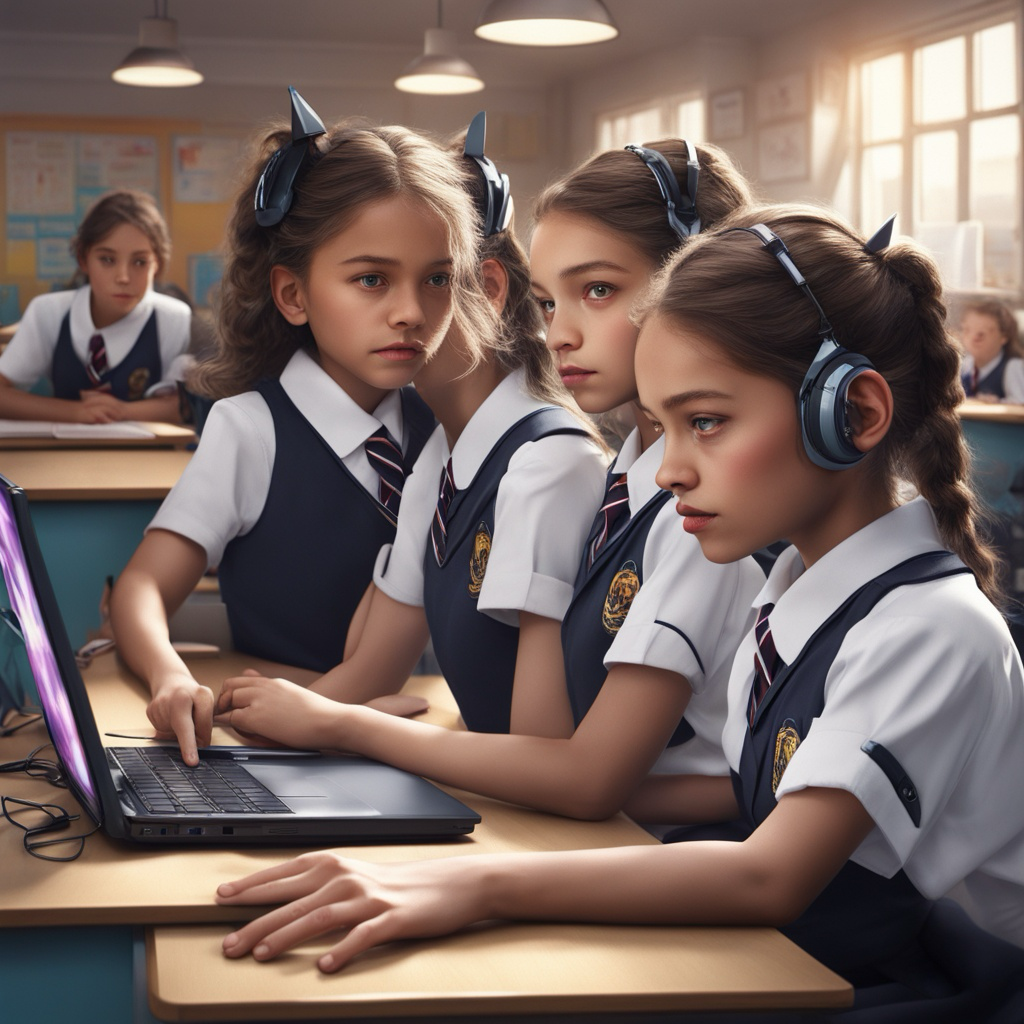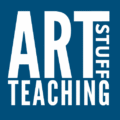Policies
AI use will follow the school’s (generic) AI policy. Some art and design specific guidelines and expectations might be helpful.
Thinking allowed:
- What formal and official regulations, guidance and AI policies exist which will inform schools, teachers and students use of AI?
- What are teachers’ professional obligations with regard to AI?
- Is the teaching of art different to other subjects with reghard to AI?
- How?
- Is there a need for AI policy guidelines at departmental level?

Department for Education:
Guidance and support materials to help schools and colleges use AI (artificial intelligence) safely and effectively
Published June 2025
Click here to access these important DfE guidance materials.
Free support materials for staff in schools and colleges, developed by the Chiltern Learning Trust (CLT) and Chartered College of Teaching (CCT), to support the safe and effective use of generative AI in education.
The materials balance the need for staff and student safety with the opportunities AI creates. They feature:
- activity focused slides
- video presentations with accompanying transcripts
- summaries of the information presented
- activities to consolidate knowledge, such as multiple-choice questions
- templates to help you reflect and plan
You can work through the modules to build your knowledge and experience as you go.
They can also be adapted:
- for individual or group use
- to suit your own needs and levels of experience
Generative artificial intelligence (AI) in education.
Department for education, training and skills. Updated October 2023
This Department for Education Training and Skills paper is informed by the government’s white paper on a pro-innovation approach to AI regulation (above). It is essentially descriptive and reflects the broad understanding of what AI technologies encompass (audio, code, images, text, simulations, videos) and that AI is already in use in everyday life. It notes that recent technological advances include AI tools, such as ChatGPT, which are able to produce AI generated content. The paper acknowledges that this creates opportunities and challenges for the education sector.
Opportunities:
Opportunities identified are that generative AI tools are good at quickly:
- Analysing, structuring, and writing text
- Turning prompts into audio, video and images
It can:
- Reduce workload across the education sector
- Free up teachers’ time, allowing them to focus on teaching.
Challenges
Content produced by generative AI could be:
- Inaccurate
- Inappropriate
- Biased
- Taken out of context and without permission
- Out of date or unreliable.
The paper explains that although AI can be convenient, it cannot replace human judgement and deep subject knowledge. In short, it states that the responsibility for any content generated through AI remains the responsibility of the user to verify and edit prior to using or presenting it. It suggests that
“Schools and colleges may wish to review homework policies and other types of unsupervised study to account for the availability of generative AI.”
The paper goes on to suggest that school AI policies should take account of specific issues. These may, in part, be traced back to the white paper ‘A pro-innovation approach to AI’.
These issues include:
- any data entered should not be identifiable
- personal and special category data should be protected in accordance with data protection legislation
- not allowing intellectual property, including pupil’s work, to be used to train generative AI models without appropriate consent or exemption to copyright
- review and strengthen their cyber security as generative AI could increase the sophistication and credibility of attacks
- ensure that children are not accessing, or creating, harmful or inappropriate content online, including through generative AI by:
- protecting students online
- limiting students’ exposure to risks from the school’s IT system.
- making sure they have appropriate systems in place
- being open and transparent and ensuring students understand that their personal data is being processed by AI tools
- guidance on what counts as AI misuse
- requirements for teachers to help prevent and detect malpractice.
In addition to identifying issues the paper explores the need to prepare students to develop the right skills and to make the best use of generative AI safely and appropriately. This will involve teaching students about AI, it’s benefits and potential for harm.

Art and design teachers will need to recognise and understand the implications of these statements. It is likely that Ofsted will fold AI into the evidence base they use in their work (click here for Ofsted AI policy statement).
It is likely that, at the school level, AI policies will be created. Teachers will need to negotiate the potential dissonance between the safeguarding obligations placed on school networks and the expectation that schools should prepare students to develop the right skills and make the best use of AI safely and appropriately. These are whole school issues, but art and design teachers will wish to contribute to the debate and may wish to define their approach in a departmental policy.
Further reading
Resources
Click here to download an open source school policy template by CAS (Computing at School).
Click here to download the Russel Group paper ‘Principles on the use of generative AI tools in education.
